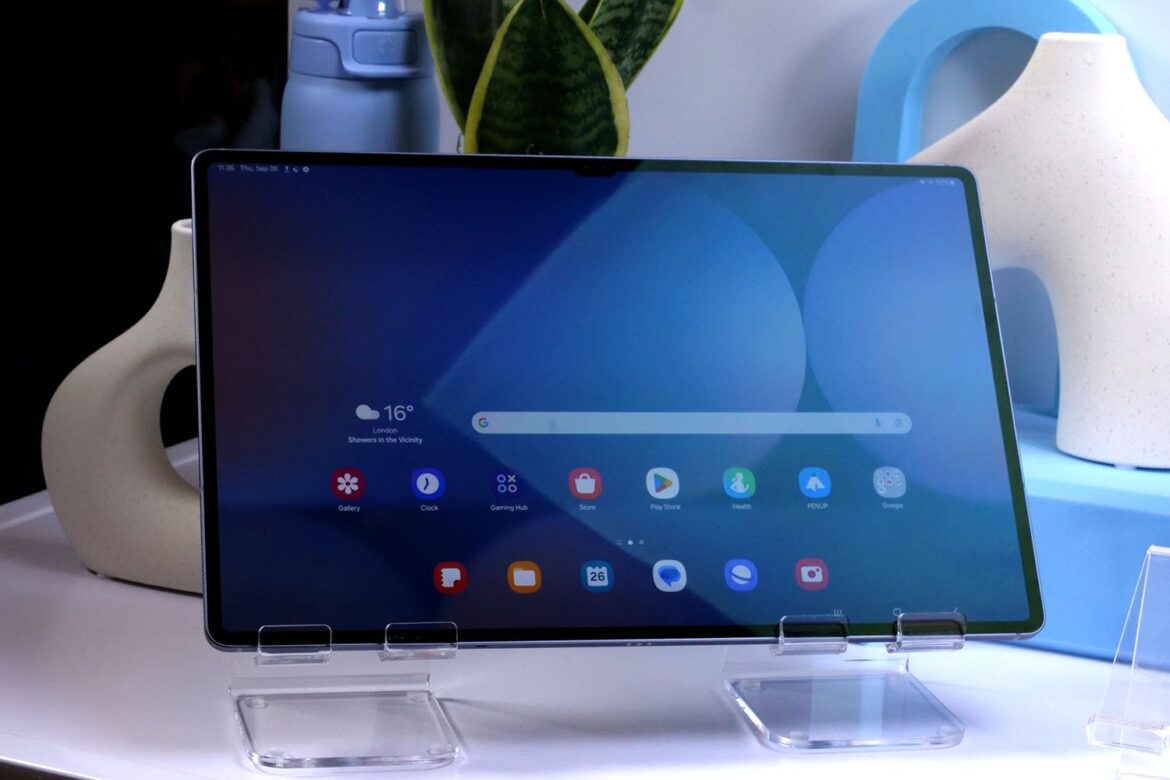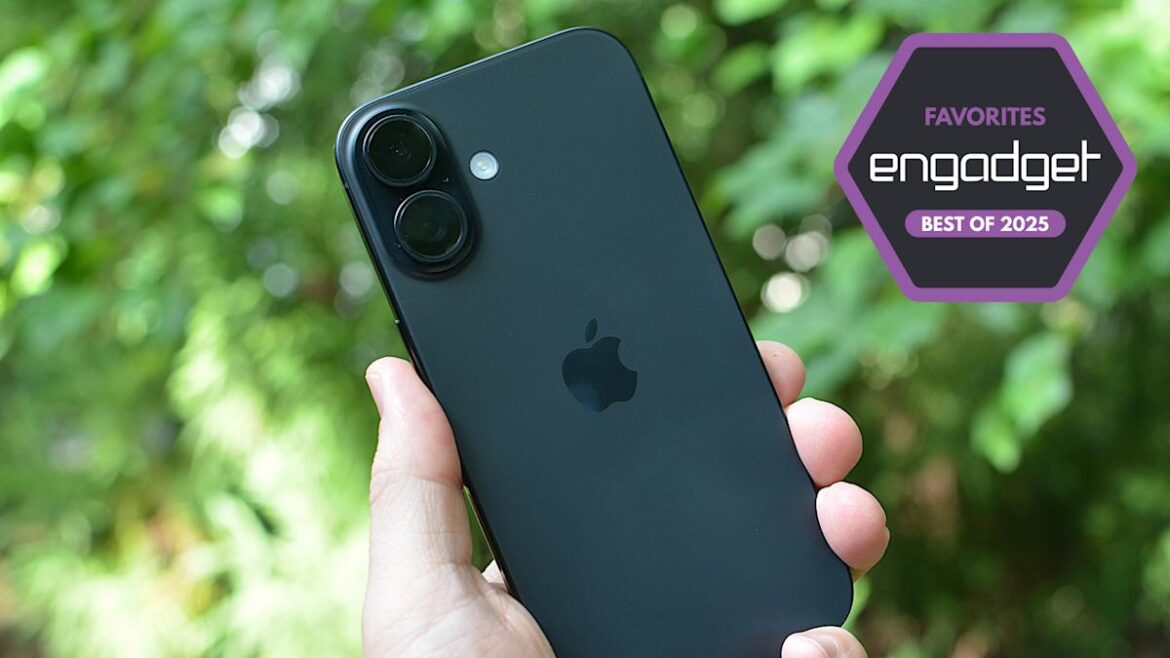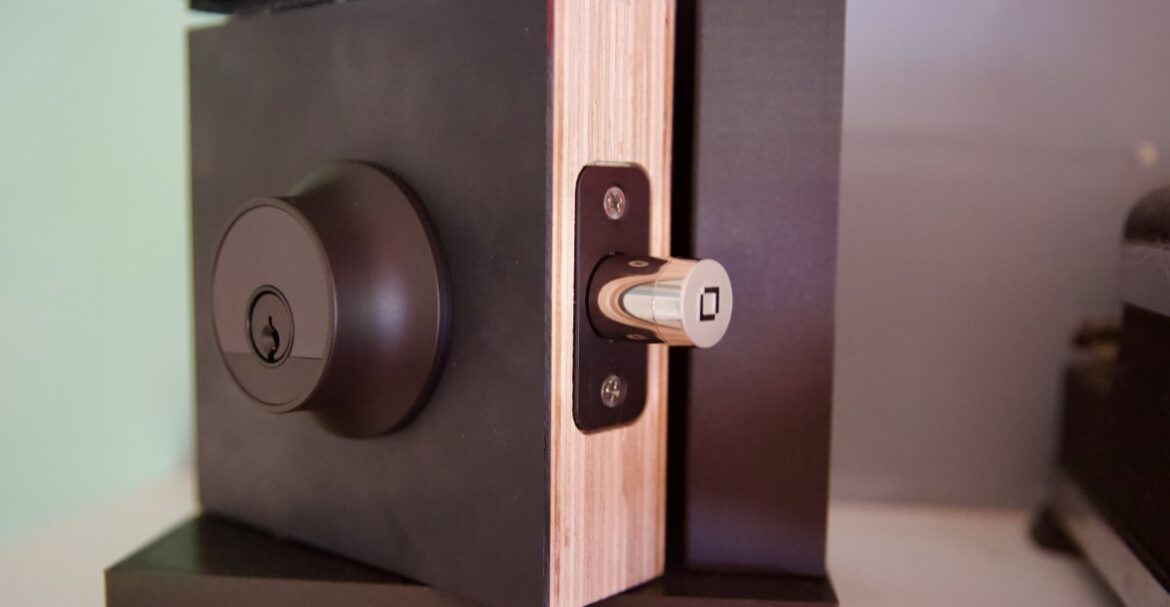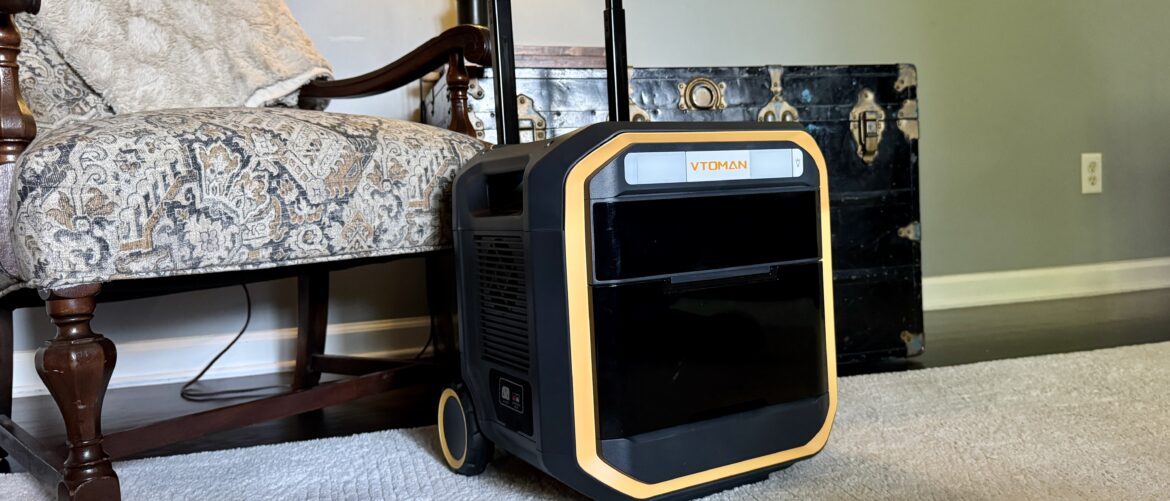Street Fighter 6 pro MenaRD has been recognized by his home country of the Dominican Republic, which presented him with an award to honor his fighting game achievements.
Saul Leonardo ‘MenaRD’ Mena II is a professional fighting game player from the Dominican Republic. While he’s been competing since the days of Street Fighter IV, he first rose to fame after Street Fighter V’s release in 2016.
Back then, the Dominican Republic wasn’t a region known for fighting game prowess — but he put his country on the map by winning Capcom Cup in 2017 and went on to become one of the greatest players in SFV’s lifetime.
Article continues after ad
In fact, Mena is the first and only two-time Capcom Cup champion, having also taken the tournament for SFV in 2023. On top of this, he’s also a three-time Evo champion, having won Evo Japan in 2024 and 2025, as well as winning Evo Las Vegas in 2025.
Article continues after ad
Mena’s achievements have cemented him as one of the greatest Street Fighter players of all time, bringing him generational wealth that he used to impact his local fighting game scene. For instance, the ‘dojo’ where players would practice Street Fighter was a small, cramped venue that was highly secretive and suffered from frequent power outages.
Article continues after ad
After winning a staggering $250K from Capcom Cup 2017, he created a new place for them to play, sponsored other competitor’s trips to tournaments around the globe, and even started his own esports team, the Santo Domingo Tigers.
Mena is now a household name in the Dominican Republic, and to thank him for his positive impact, the country presented him with the Pride of Dominican Culture award on August 28, 2025 — the same day as his 26th birthday.
Article continues after ad
In an interview on the red carpet, Mena spoke about what it was like being recognized for such an achievement and what the award meant to him.
Article continues after ad
“In a crazy way, starting this gaming journey and experiencing what I’m experiencing right now, having so much success — that’s what it is, that’s what one works for, and what the community would like me to do,” he said.
MenaRD has helped both his family and his community come a long way since rising to fame, both of which he credits for helping him rise to the top.
Article continues after ad
“I feel that I am who I am because of my community,” he told me in an interview back in 2018. “Since they helped me have a better life, I will do my best to build a better community so the future generation can have it easier in the path of being a pro gamer. It’s my second family. [They have] always been super supportive when I represent, and super competitive when playing locally. I love my community.”








